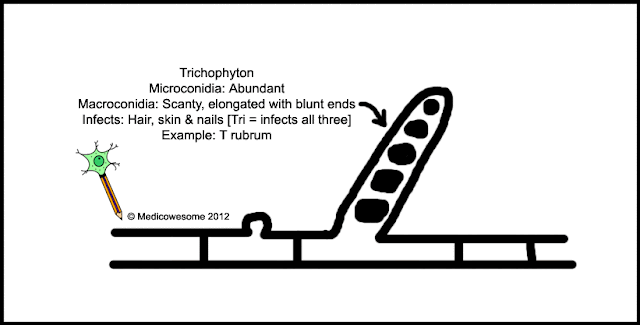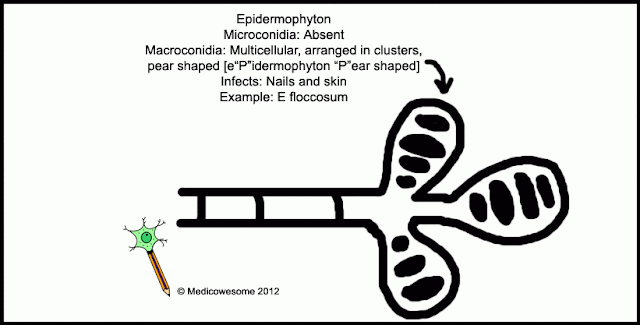Neisseria are usually arranged in pairs, non motile, facultative anaerobes that are gram negative.
They are catalase and oxidase positive.
Hello everyone!
I'll be sharing some random mnemonics I made while studying Neisseria today :D
The first one is on morphology
N. meningitidis - Adjacent sides are flattened.
N. gonorrhoeae - Adjacent sides concave and they are kidney shaped.
Draw em to remember em!
How do you remember the constituents of Mueller Hinton agar?
SCHooL! Starch Casein HydroLysate agar ^_^
Antibiotics used in Thayer Martin agar?
Vancomycin, Colistin, Nystatin.
I had mugged this.. Lemme know if you know of any mnemonics for this one :)
Gonococci acidify Glucose.
Meningococci acidify Maltose (and glucose).
Question: Which media are preferred for the acute versus chronic gonorrhea?
In acute gonorrhea, cultures are easily obtained on Chocolate agar or Meuller Hinton agar!
In chronic cases, it is better to use a selective medium such as Thayer Martin.
That's all!
Have an awesome week =)
Wanna reblog? Here's the link to the tumblr post!
-IkaN
They are catalase and oxidase positive.
Hello everyone!
I'll be sharing some random mnemonics I made while studying Neisseria today :D
The first one is on morphology
N. meningitidis - Adjacent sides are flattened.
N. gonorrhoeae - Adjacent sides concave and they are kidney shaped.
Draw em to remember em!
How do you remember the constituents of Mueller Hinton agar?
SCHooL! Starch Casein HydroLysate agar ^_^
Antibiotics used in Thayer Martin agar?
Vancomycin, Colistin, Nystatin.
I had mugged this.. Lemme know if you know of any mnemonics for this one :)
Gonococci acidify Glucose.
Meningococci acidify Maltose (and glucose).
Question: Which media are preferred for the acute versus chronic gonorrhea?
In acute gonorrhea, cultures are easily obtained on Chocolate agar or Meuller Hinton agar!
In chronic cases, it is better to use a selective medium such as Thayer Martin.
That's all!
Have an awesome week =)
Wanna reblog? Here's the link to the tumblr post!
-IkaN
















